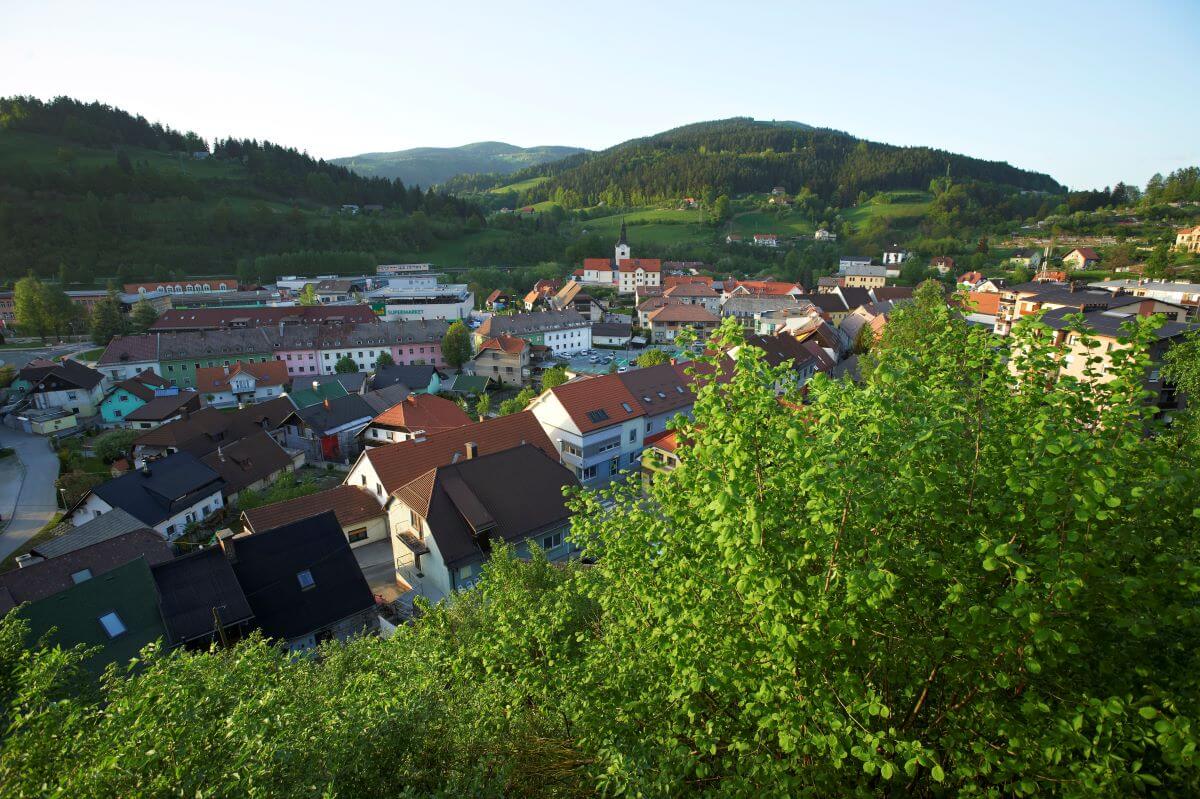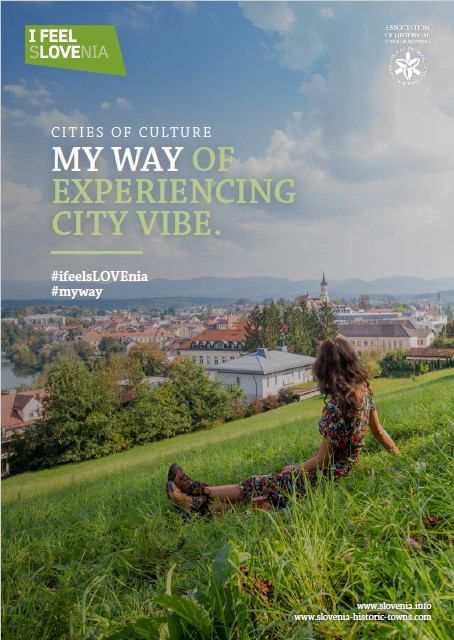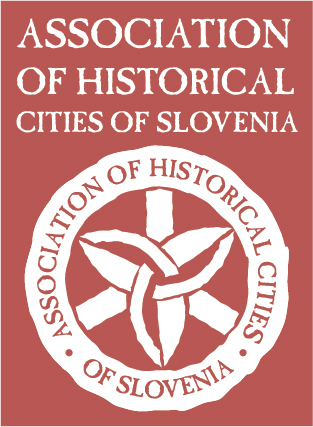A town of ironworkers and artists
Get to know the town of iron heritage and steel innovation on the paths among the outdoor steel sculptures. Find inspiration in the sculptural, pictorial and literary creativity of the area.
A town of steel creativity
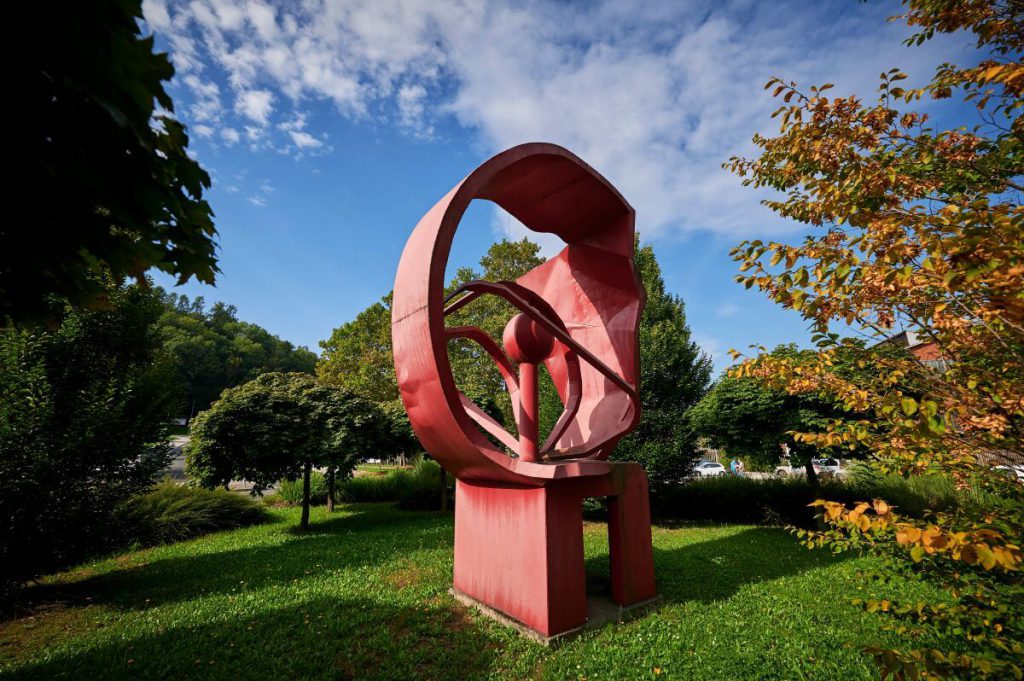
The Tourist Information Centre in the interesting wooden building of the Punkl Youth Hostel (1) can provide you with additional information for your tour of Ravne. Wherever you turn from here, you are bound to encounter the sculptures of the unique steel Forma Viva in Ravne (2). In between them, you can walk to the Castle Park (3), the largest park in the Mežica Valley and in Carinthia.
Heritage at the castle
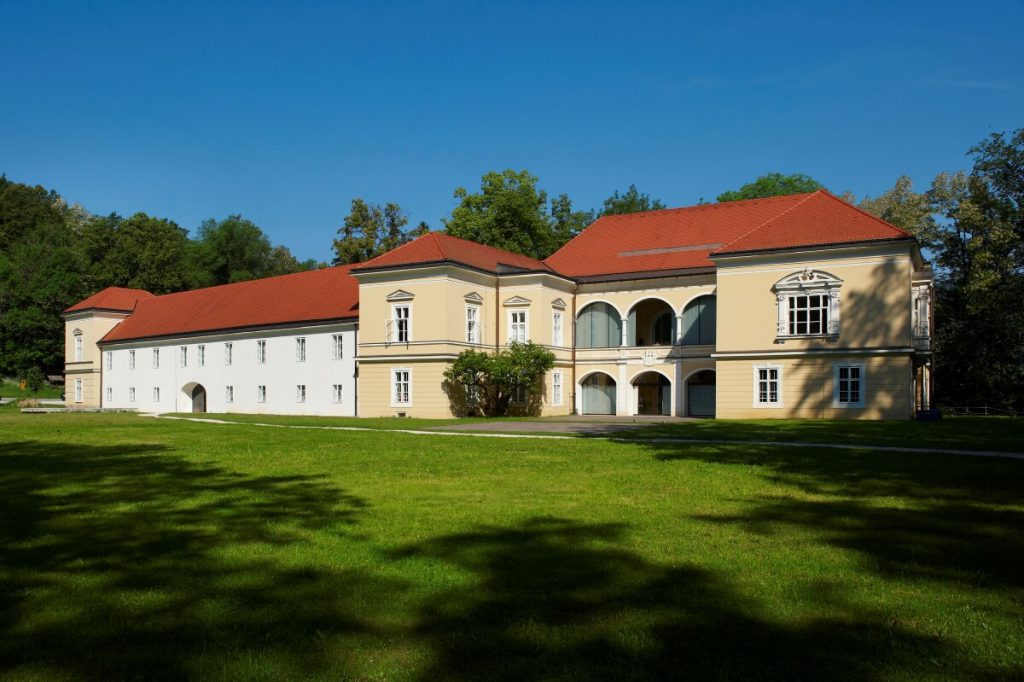
Right next to the park is the Ravne Castle (4). Take a walk among the Roman monuments in the castle’s lapidarium (5) and see paintings from art colonies in the former stables. The castle also houses an ethnological museum collection (6) and the Dr. Franc Sušnik Central Carinthian Library (7) with several memorial rooms.
A Tip: You can sum up your impressions in the castle’s Café Eleonora (8).
Stories of the ironworkers
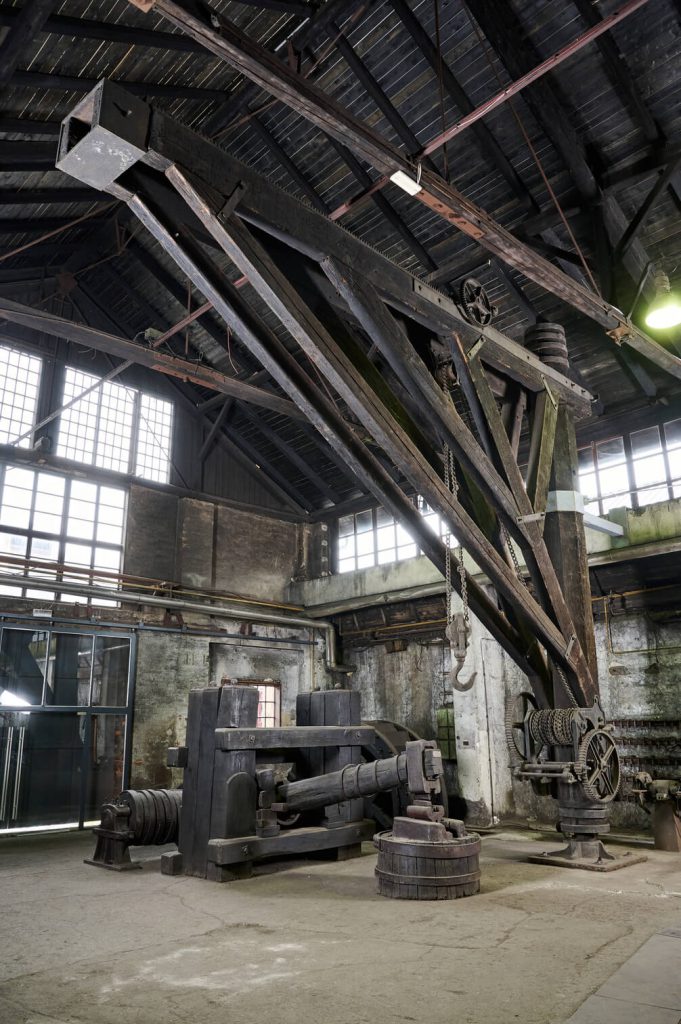
Walk along Koroška Street, which is lined with several sculptures of the famous steel Forma Viva (2), past the Church of St. Anthony the Recluse (9) to Štauharija with the Ironmaking Museum (10). The exhibition with the first comprehensive outline of the history of ironworking in Slovenia is complemented by the exhibition Mother Factory, which presents the centuries-old tradition of the Ravne Ironworks (11). In a separate room, an authentic steel experience awaits you. The interactive exhibition is also interesting for children.
Medieval centre
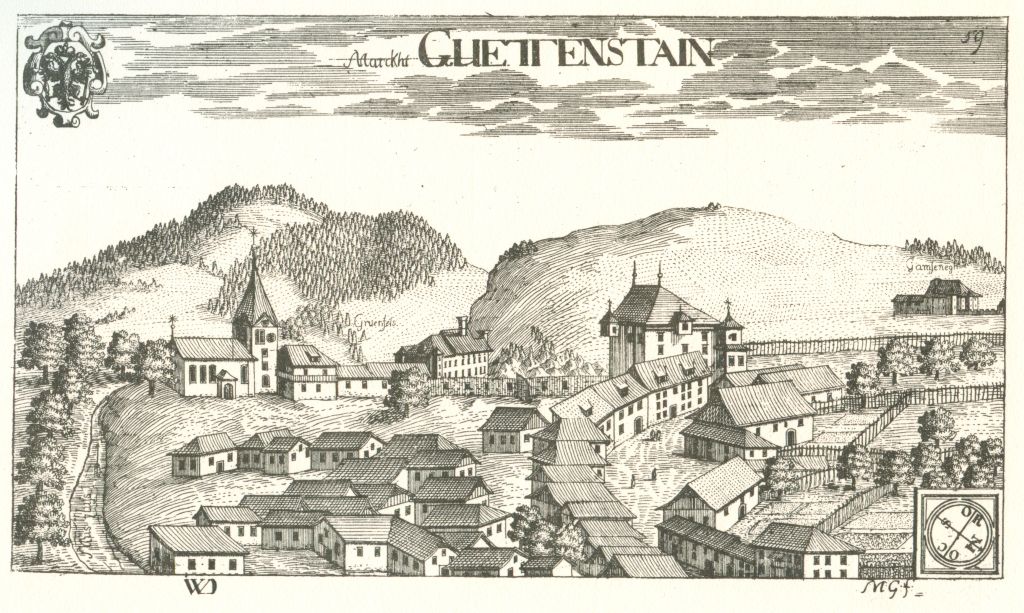
After meeting the Mother Factory (11), follow Prežihova Street and Ob Meži Street towards the medieval centre of the town – Guštanj Square (12). On Stara Street is the parish church of St Egidius (13) with five baroque altars. Not far away is the Lečnik Inn (14), which is popular with food lovers. Here you can enjoy a typical Carinthian dessert: kvoče noodles (15).
Suggestions for a hike
To Ivarčko lake
From the Punkl Youth Hostel, you can walk for an hour to Podgora nad Kotljami. At 633 metres above sea level in a forested landscape, you will find the lowest alpine lake. Ivarčko Lake features various sport courts, relaxation areas and a maintained beach.
Halfway along the route, at Preški vrh, head for the Memorial Museum of the writer Lovro Kuhar – Prežihov Voranc (1893-1950). The typical home of a small farmer with its typical layout and interior design, shows the former way of life of the farmers and workers. Just above Prežihov’s farmhouse is the bronze monument of Prežihov Voranc, made by the academic sculptor Stojan Batič.
You can get to know the writer better on a guided hike along the Voranc Trail. One of the stops along the way is Ivarčko Lake.
More information: TIC Ravne
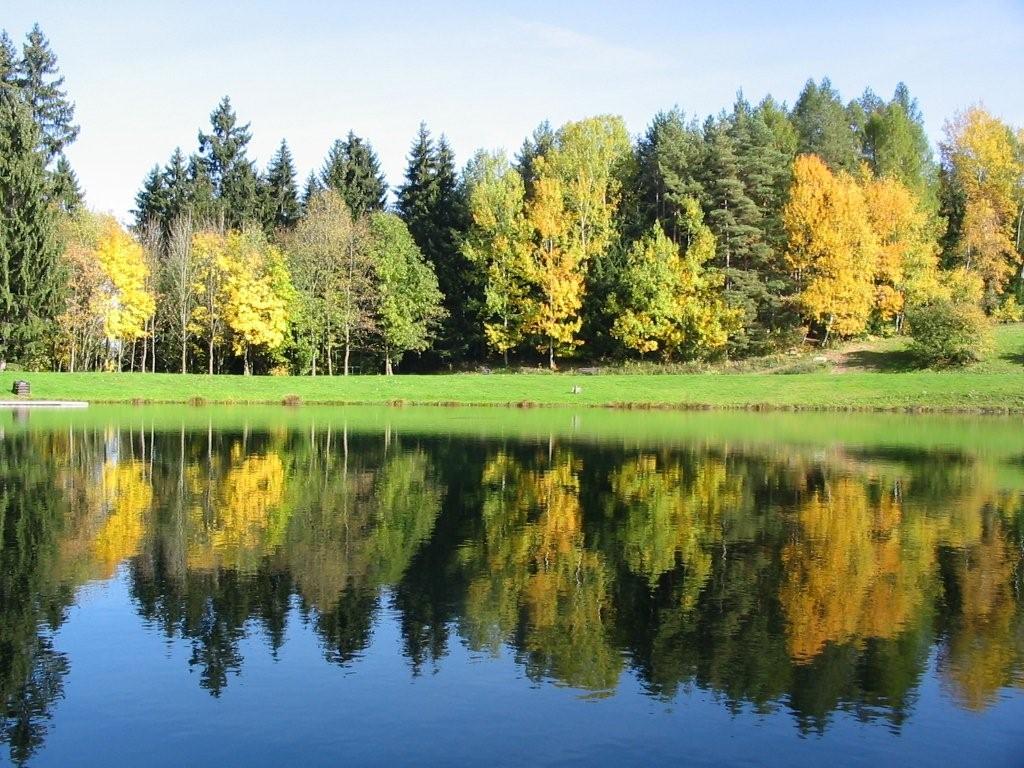
1. Tourist information centre at the Punkl Youth Hostel
The Ravne Tourist Information Centre is located in the Punkl Youth Hostel – the first Slovenian youth hostel to feature an architecturally distinctive wooden construction. Sustainably designed, it takes into account the natural and bioclimatic conditions and also offers a swimming pool and wellness facilities.
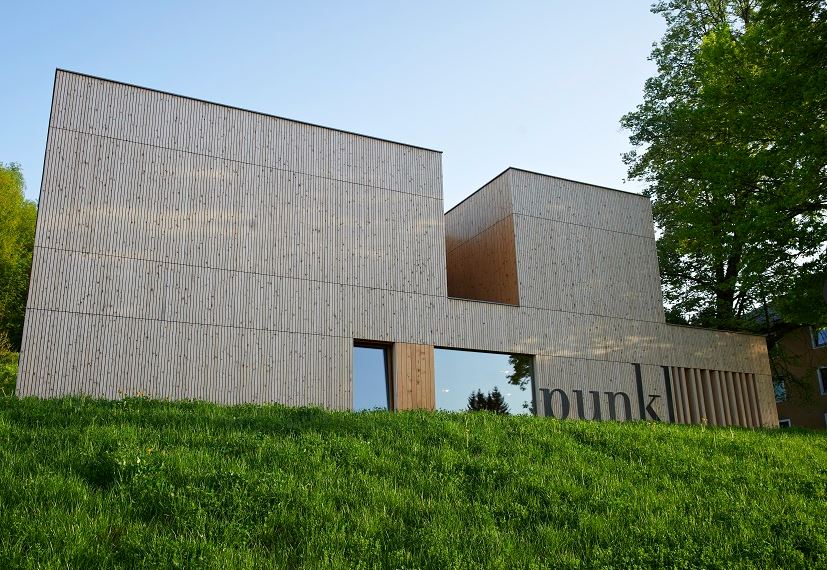
Gozdarska pot 18
2. Forma Viva Forma Viva
The works from the international sculpture symposium Forma Viva, which accompany you on your way around Ravne, are the first permanent collection of large-scale steel sculptures in an outdoor setting. 36 of the works can also be explored via an online app, available at www.frv.si.
Čečovje, Koroška cesta, Javorniki in druge lokacije po mestu

3. Castle park
In the 19th century, the Counts of Thurn landscaped the castle park with a variety of native and rare exotic trees and shrubs. The naturally planted park with walking paths is a monument of designed nature. It also contains the Prežihov Vorenc monument, a work by the sculptor Drago Tršar.
next to Ravne Castle
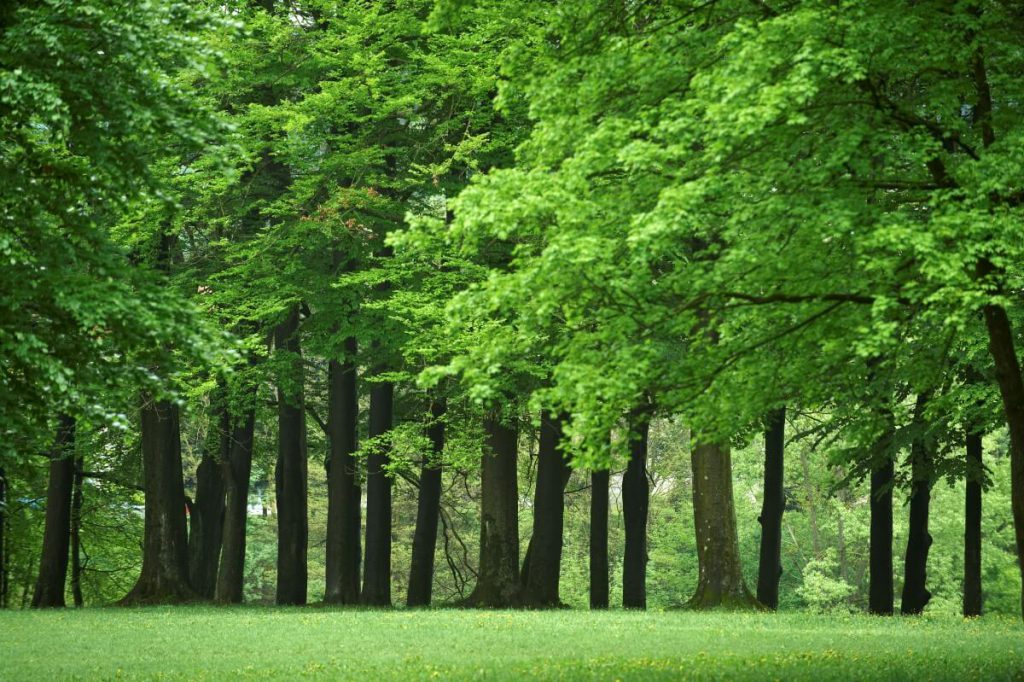
4. Ravne castle
The castle, which has overlooked the town centre for about 500 years, was given a neo-Baroque look in the 19th century. The castle’s former stables house a permanent museum collection, which presents the history of the Mežica Valley. It is also the venue for exhibitions of the Art Salon Gallery. In addition to paintings from the art colony, small sculptures are also on display.
Na Gradu 1

5. Ravne castle lapidarium, , exhibition of the Carinthian Regional Museum
The chapel of Ravne Castle houses a lapidarium of Roman stone monuments from the Zagrad archaeological site. Finds from the 2nd and 3rd centuries include a relief slab with two mourning figures, a tombstone with a scribe and a square with a relief of a nymph.
Na Gradu 1
6. Ethnological collection
The museum in the castle presents the stories of the Mežica Valley. Here you can enter, among other things, a replica of a so-called “chimney kitchen” (which came before the “black kitchens”) that were still in use on farms in the 20th century. Learn about rural architecture, working habits and customs, interesting tools and utensils – including a wooden washing machine from the early 20th century.
Carinthian Regional Museum, Na Gradu 2
7. Dr. Franc Sušnik Central Carinthian Library
The castle rooms are home to the Dr. Franz Sušnik Central Carinthian Library. They house the memorial rooms of Lovro Kuhar – Prežihov Voranc, Leopold Suhadolčan, Dr. Franc Kotnik and the bukovniki – the simple people who, from the 16th century onwards, took care of manuscript records and transcriptions. The library also features a collection of castle furniture.
Na Gradu 1
8. Castle Newspaper Café Eleonora
Opened in 2021, the café is distinguished by its availability of newspapers and a selection of selected drinks and unique desserts. The café is named after Eleonora Thurn, born Thurn Valsassin, the youngest granddaughter of the last Count of Ravne.
Central Carinthian Library, Na Gradu 1
9. Church Of St. Anthony hhe Recluse
The church, dating from the late 14th and early 15th century, was rebuilt during the Baroque period in the 17th century. The eastern choir section and the painting of the north wall of the chancel are preserved from the original building. These frescoes, an important monument of medieval creativity, were painted around 1400. They were probably painted by the itinerant painter Master of Nonče village.
Partizanska cesta 34
10. Štauharija, Ironmaking Museum
The oldest preserved buildings of the Ravne Ironworks (Štauharija, residential premises and the laboratory) are a cultural monument. They house a museum display of interesting ironworks equipment and machinery, various ironworks products, items from different areas of the ironworkers’ life, documents and photographs.
Koroška cesta 12
11. Mother factory – Ravne ironworks
The exhibition in the Štauharija (former forge) presents the history, development and importance of the Ravne Ironworks for the development of the town and the region. The exhibition includes an interactive game with magnets to stimulate children’s curiosity.
Ironmaking Museum, Koroška cesta 12
12. Guštanj Square
Until 1952, when it was granted the status of a town by merging several settlements, Ravne na Koroškem were named Guštanj – after the castle which was first mentioned in 1281. The medieval market square was an important feudal and trading centre. There were at least ten castle buildings in the wider area of the former square.
13. St. Egidius Church
The late Romanesque church on the pier in the heart of the square probably dates back to the late 13th century and was rebuilt in 1622 and 1680 with rich Baroque furnishings. It features five Baroque altars. There are several late Renaissance and early Baroque tombstones in the church.
Stara ulica 14
14. Lečnik Inn
This popular family-run inn with a century-old tradition is renowned for its excellent locally-sourced dishes with meat from their butcher’s shop and for their typical Carinthian dishes.
Trg svobode 4
15. Kvoče noodles
Among the flavours of Carinthia, it’s worth mentioning the spicy or sweet doughy pockets with a filling of dried pears, called kvoče noodles. In the Mežiška Valley, pears are called klocne.
- 11. Tourist information centre at the Punkl Youth Hostel
- 22. Forma Viva Forma Viva
- 33. Castle park
- 44. Ravne castle
- 55. Ravne castle lapidarium, , exhibition of the Carinthian Regional Museum
- 66. Ethnological collection
- 77. Dr. Franc Sušnik Central Carinthian Library
- 88. Castle Newspaper Café Eleonora
- 99. Church Of St. Anthony hhe Recluse
- 1010. Štauharija, Ironmaking Museum
- 1111. Mother factory – Ravne ironworks
- 1212. Guštanj Square
- 1313. St. Egidius Church
- 1414. Lečnik Inn
- 1515. Kvoče noodles


